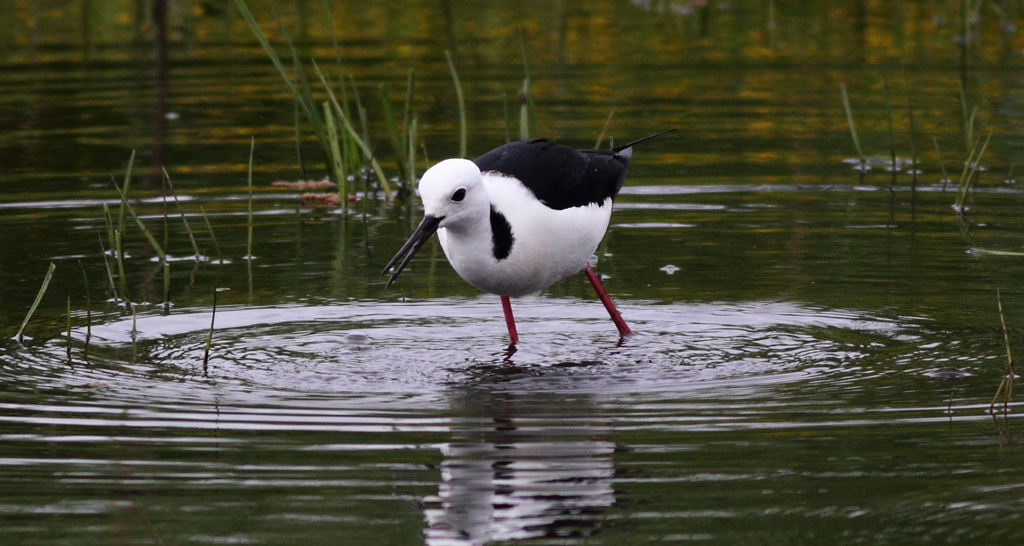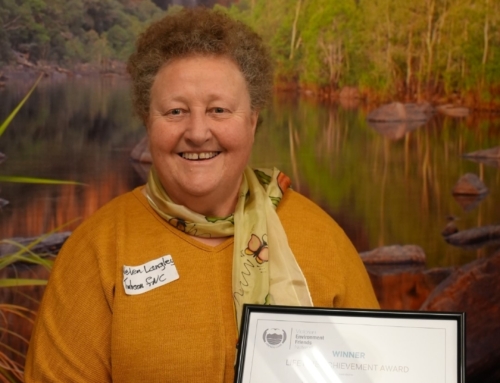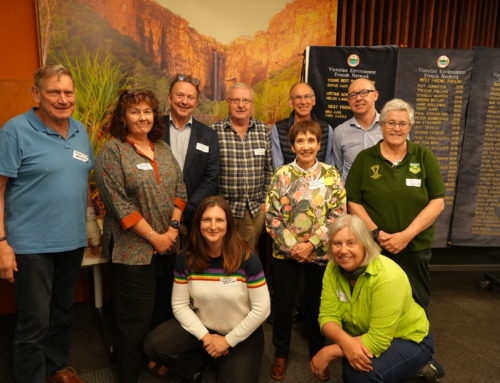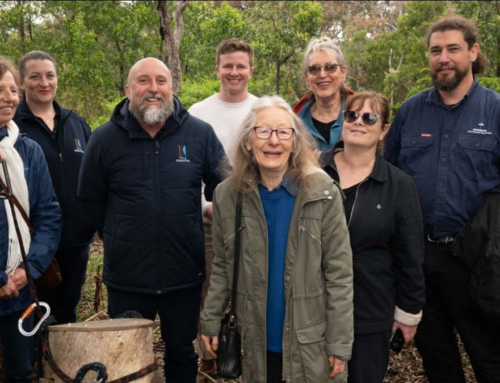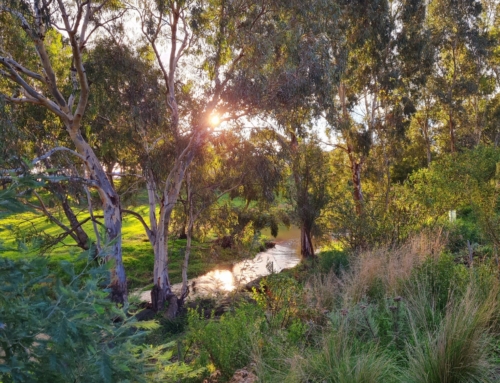To manage or restore a wetland it is essential to know the underlying conditions that determine its characteristics; these are called ecological drivers.
Important ecological drivers in wetlands are:
- Water regime (Hydrology); including the depth, duration, frequency and season of inundation which are influenced by ground and surface water inputs and losses through evaporation or seepage.
- Wetland origin (Geomorphology); this will determine the wetlands shape and other important physical characteristics i.e. coastal dune wetlands, shallow drainage lines.
Soil and water characteristics; including salinity, nutrient availability and water holding capacity. These are influenced by the underlying geology of the wetland and its ground water and surface catchments.
These are all key factors in determining the vegetation that grows and the suite of animals that will thrive in a particular wetland. An example of how different ecological drivers produce different wetland types is illustrated below.
These two wetlands differ dramatically in soil type, wetting and drying regimes and water quality. These key ecological drivers result in a different suite of vegetation types, with unique structural characteristics and species composition, at each wetland. This in turn provides different habitat assemblages of fauna.
Understanding ecological drivers is the key to restoring degraded wetlands.
Lake Yando in the Northern Victorian Riverina had become degraded because its hydrology had been altered, causing prolonged inundation which drowned many River Red Gums. This site is an excellent example of how a wetland with a degraded tree canopy can be restored using and understanding ecological drivers to determine the judicious application of environmental water. In this case purposefully re-instating a more natural wetting and drying regime promoted the growth and establishment of the missing tree canopy across a large area.
Lake Yando has received environmental water in 2015 and 2016. Watering has been timed so that drying of the wetland has occurred over the spring/early summer period in 2013 and the late summer/autumn period in 2015. Timing of water recession has created excellent conditions for the recruitment of River Red Gum seed, which germinate most prolifically under warm (>20oC) conditions. To prevent drowning of establishing seedlings and saplings flooding has been shallow (less than 40cm over most of the wetland) and of short duration (less than 4 months over most of the wetland).
Knowledge of ecological drivers can be used in developing general management and environmental watering plans, developing revegetation plans and planting schedules for constructed wetlands, to tackle water quality issues such as algal blooms and be used to inform pest plant and animal control. To help wetland managers increase their knowledge of wetlands Damien Cook and Elaine Bayes run a five-day Wetland Ecology and Management Course at Kilcunda in 7-11 November 2016. Call Elaine on 0431959085 or check out the website http://rakali.com.au/education-and-training.

